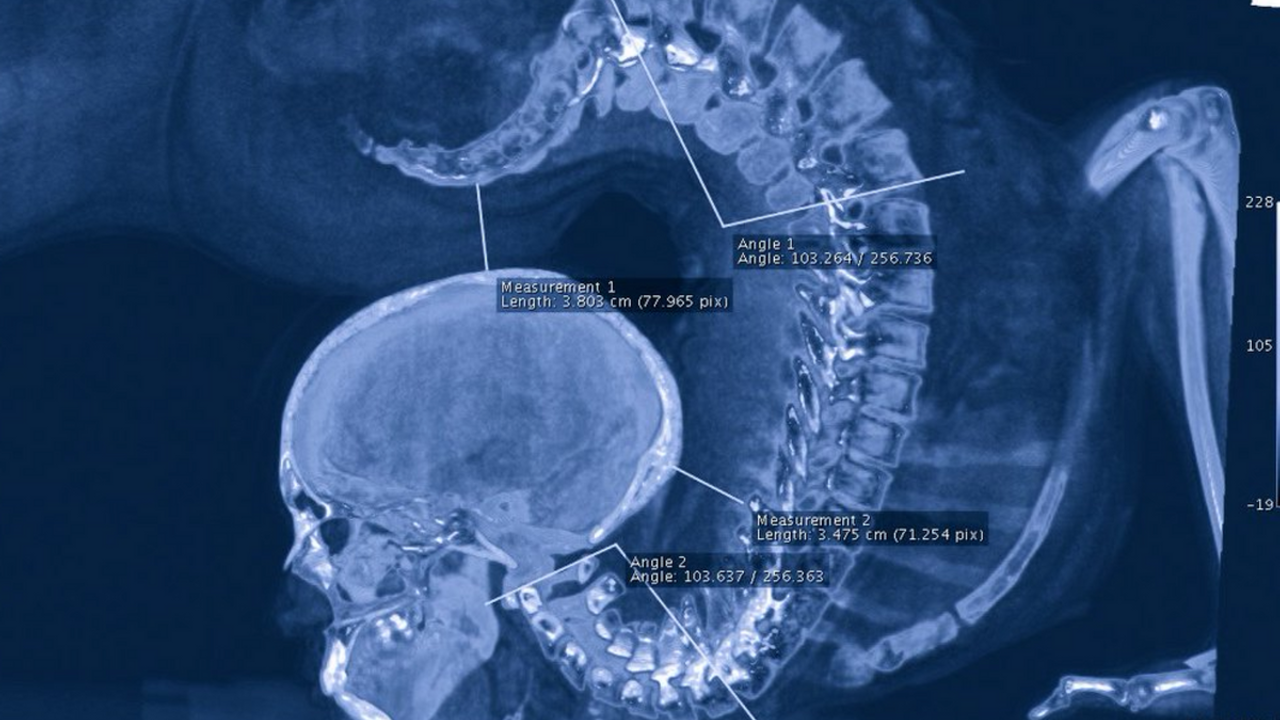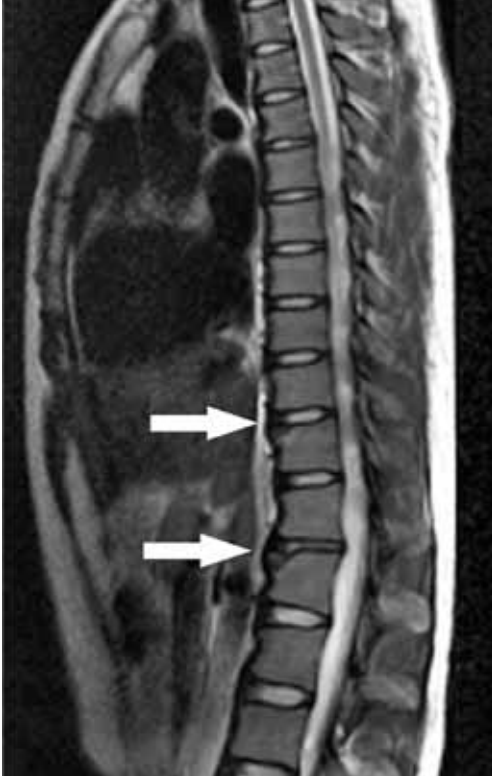
CAN YOU BE TOO FLEXIBLE?
Dec 08, 2018What you're looking at is an x-ray of an individual in an extreme pose of spinal extension. I don't know the individual or their medical history.
It begs the question: Can you be too flexible? Let's see...
Contortionists, gymnasts, dancers, yogis, all of these athletes excel at their sport with exceptional spinal flexibility. But at what cost?
I'm going out on a limb to assume that the x-ray "might" belong to a contortionist. The x-ray is dated the same year as a study that was done (the only one of it's kind) to research what happens to the spines of five 20 to 49 year old female contortionists from a Mongolian circus school. A 3T cylindrical MR imaging system (Philips Achieva) was used to assess pathological changes in their spines. The study was small, but beggars can't be choosers, I'm glad someone finally got around to studying a few of these athletes and I'm grateful for the small scale results. I hope it inspires other researchers to continue this important work.
It's easy reading if you'd like to check it out: "Dynamic whole-spine MRI of contortionists" is a study completed in 2009 by WW Orrison Jr.
The results?
- All five women had unusually straight spines and dextroscoliosis (lateral right spinal curve) Figure 2
- 3 lumbar disc bulges with lumbar anterior osteophytes (a bony outgrowth associated with the degeneration of cartilage at joints)
- 3 posterior cervical disc bulges
- 2 thoracic anterior osteophytes
- 3 of the 5 individuals studied showed anterior limbus fractures (this is when bone separates from the edge of the vertebral ring)
- The individuals with the limbus fractures were young: One 23-year-old had two limbus fractures (T-11 and L-1), a 22 year old had one limbus fracture (L-3) and an (L5) limbus fracture was observed in a 25-year-old. See Figure 3
- 2 of the 5 showed disc degeneration
- the most severe degenerative changes and complaints of back pain were associated with the older participants
- The spinal range of motion was a remarkable 238° from full extension to full flexion (!!)
- The levels of greatest angulation were at the midcervical, thoracolumbar, and lower lumbar spine.
Pay attention to that last bullet because those are the most susceptible, "bendy" parts of our spine and the areas most likely to sustain damage - even in the general, non-yogi, non-contortionist population.
Read another way: Our midcervical, thoracolumbar, and lower lumbar spine are the areas of our spines that DO NOT benefit from additional mobility.
The point here is that excessive ranges of motion in the spine are heralded as feats of wonder and athletic accomplishments until the athlete disappears and their injury story may never be told.
Which brings us back to the title of this article: Can you be too flexible? Based on these results: Yes

FIGURE 2
Straight spine

FIGURE 3
Anterior limbus fractures at T11 and L1 (arrows).

